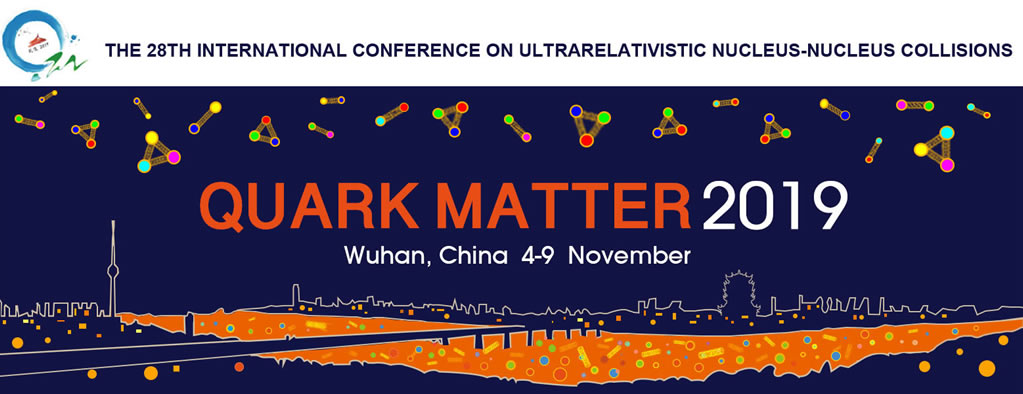Speaker
Description
Recent STAR measurements of global hyperon polarization in AuAu Collisions at the Relativistic Heavy Ion Collider (RHIC) have attracted significant interest and generated wide enthusiasm. The data present an intriguing puzzle, showing a difference in the global spin polarization between hyperons and anti-hyperons, especially at relatively low collision beam energy. One possible cause of this difference is the potential presence of in-medium magnetic field. In this talk, we report our study on the phenomenological viability of this interpretation. Using the AMPT model framework, we quantify the influence of different magnetic field evolution scenarios on the size of the polarization difference in a wide span of collision beam energies. We find that such difference is very sensitive to the lifetime of the magnetic field and also mildly dependent on the precise form of magnetic field time dependence. Assuming magnetic polarization as the mechanism to enhance anti-hyperon signal while suppress hyperon signal, we phenomenologically extract an upper limit on the needed magnetic field lifetime in order to account for the experimental data. The so-obtained lifetime values are in a quite plausible ballpark and follow approximately the scaling relation of being inversely proportional to the beam energy. The time-integrated magnetic field shows an interesting non-monotonic dependence on the collision beam energy. Possible implications on other magnetic field related effects are discussed. Finally, we also report predictions for polarization effect in the CuCu and CuAu colliding systems, demonstrating an interesting hierarchy CuCu > CuAu > AuAu due to interplay between hyperon production timing and the evolution of vorticity. These predictions can be readily tested by future experimental analysis. [Refs: (1) arXiv:1905.12613; (2) Phys. Lett. B788(2019)409.]
